The Power of Soybeans
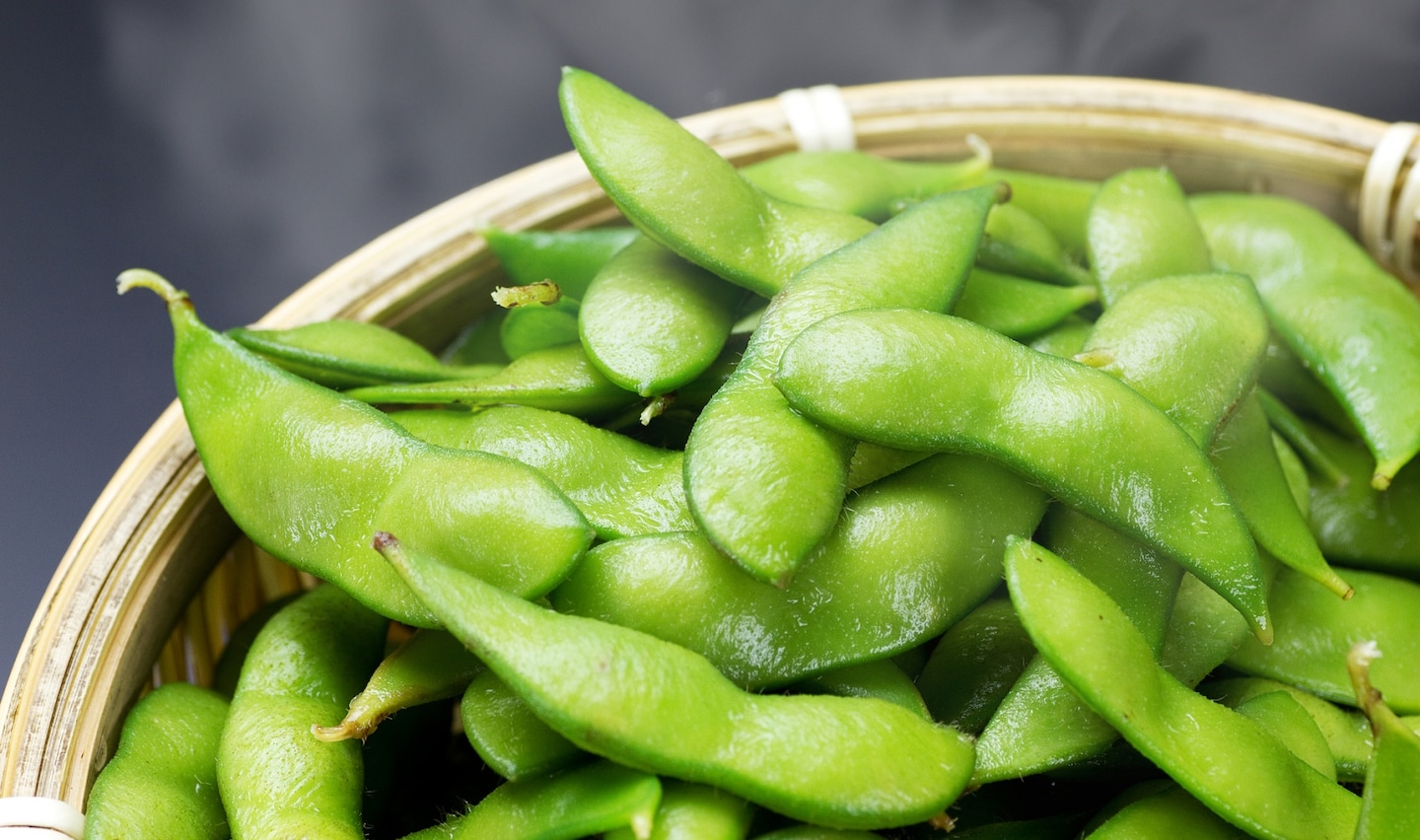
Unless you've been living under a rock, you've likely heard of some products made from soybeans. One example is soy milk, found just about anywhere in the world. But, did you know that other foods are made during the production of soy milk that are also eaten in Japan? Read on to learn more about products made from the incredibly versatile soybean.
By Wendell T. HarrisonSoy Milk
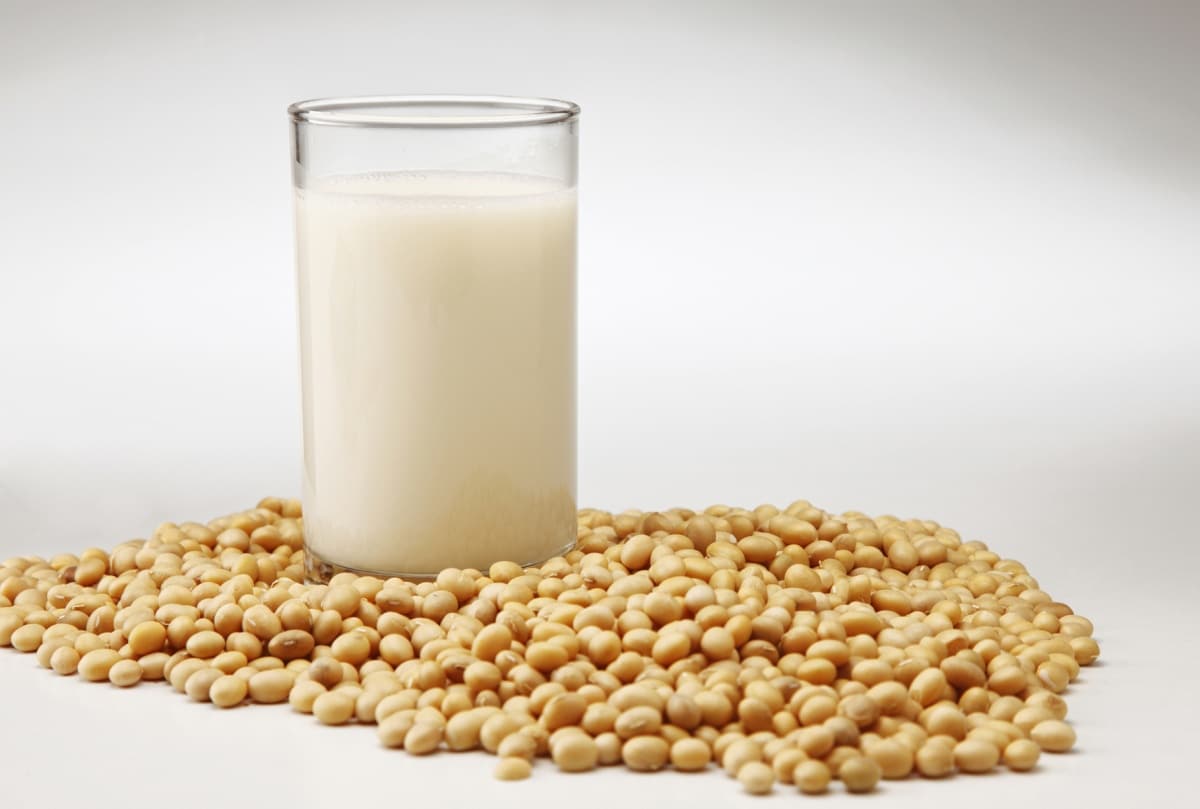
Soy milk comes from soybeans soaked in water and then blended until the liquid, soy milk, is separated from the solids, which are called okara (more on this below). Soy milk is a great alternative to cow’s milk and is therefore a vegan-friendly way to enjoy coffee, milk or even baked goods. You can easily find this in grocery and convenience stores across Japan, even in small juice boxes to complement your bento lunch.
Edamame

Edamame is a dish any izakaya lover knows well. The immature soybeans still in their green pod are a healthy and delicious snack packed with protein and fiber. Edamame is so popular around the world, as it’s often found in Japanese restaurants, that the name often isn't translated into another language. Many people know and use the word edamame. If you're wondering, edamame (枝豆) translates to "stem bean." When they are sold direct from the farm, they are still attacted to stems in bunches.
Natto
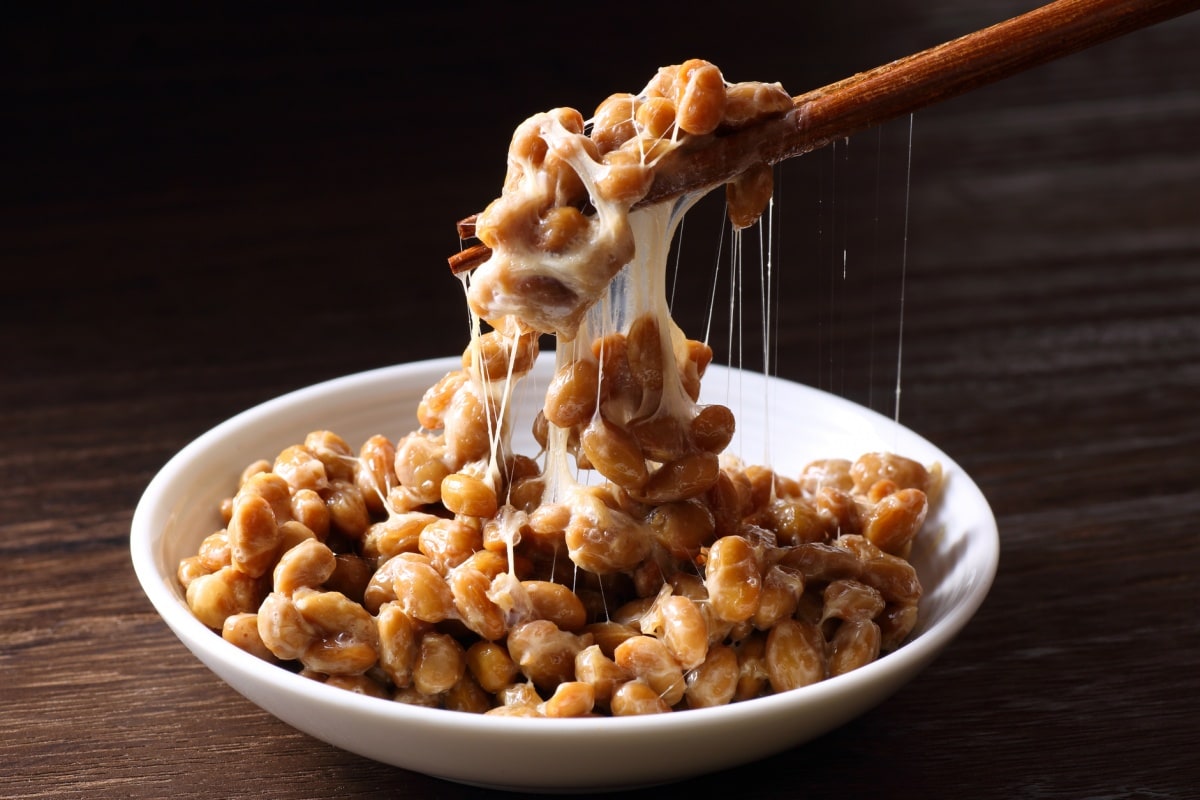
Made from fermented soybeans, natto is without a doubt an acquired taste that many newcomers to Japan tend to pass on. Whether it's because of the sticky texture or the pungent smell, even some Japanese people avoid this dish. However, if you can stomach it, it's actually filled with a variety of vitamins that improve your skin, heart and bones. Many people eat this for breakfast over a bowl of rice, greatly aiding in the daily digestion process.
Tofu
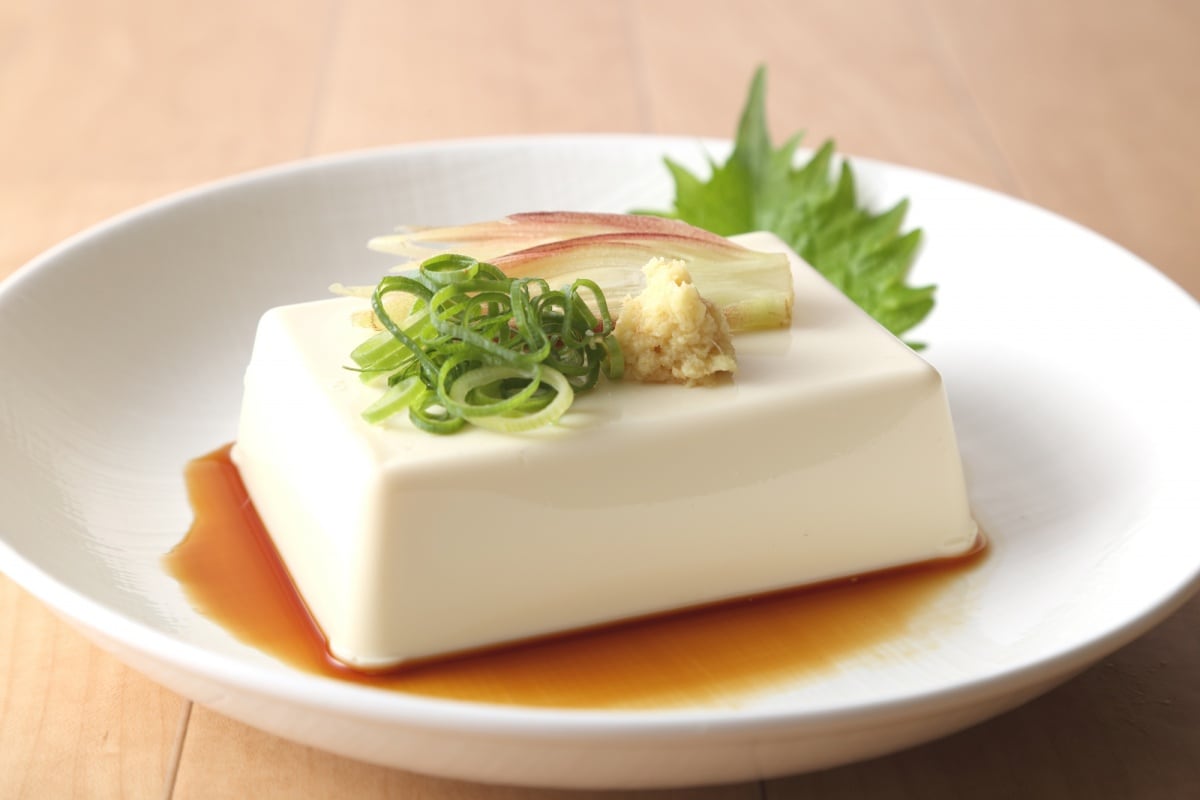
Tofu is big part of the Japanese diet and has been since it was imported from China in the Nara Period (710–794). Also known as bean curd, tofu is made in a process not unlike cheese—a coagulant is added to heated soy milk and the separated curds make up the fresh tofu. There are several kinds of tofu, from the softer “silken” tofu to the firmer variety that's good for frying.
Soy Sauce
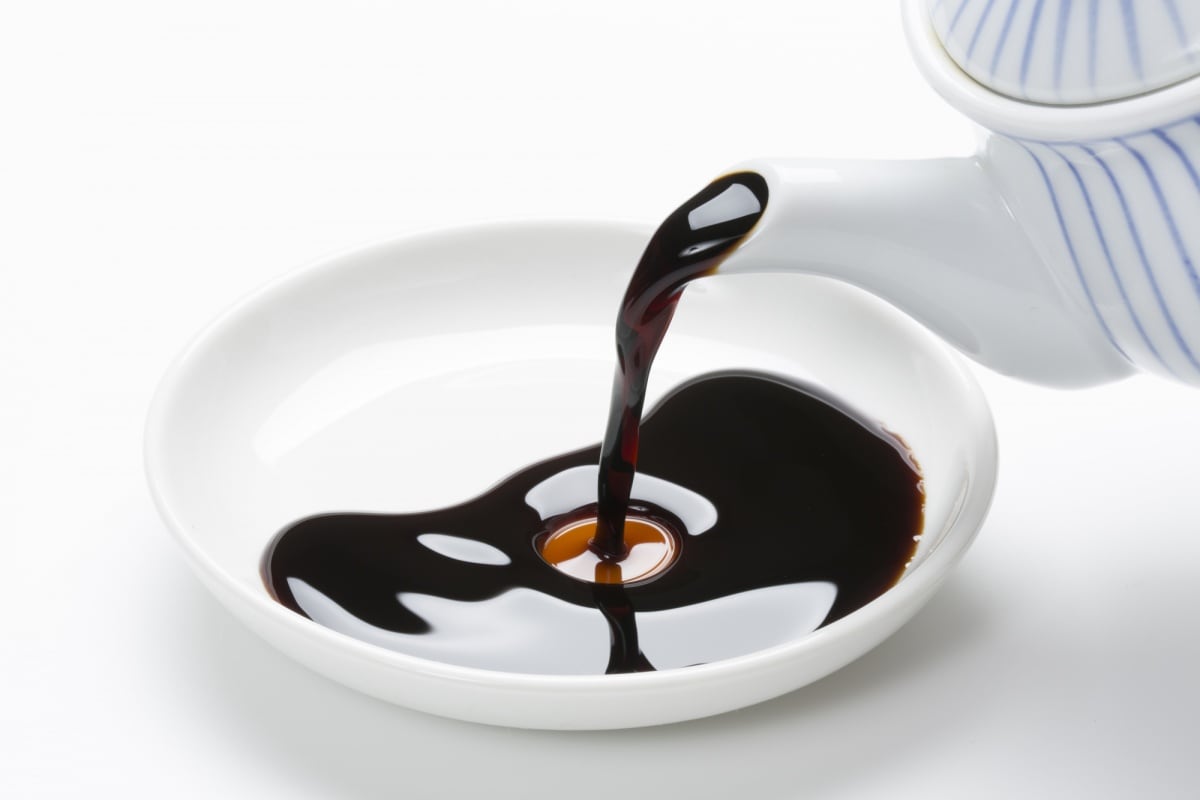
Soy sauce is the most ubiquitous Japanese condiment, though it also has its origins from China. Fans of sushi know this popular brown liquid, made from fermented soy beans, very well. If you're traveling to Japan, knowing the Japanese word for soy sauce, shoyu, will definitely come in handy and just may impress your friends.
Miso

If you've ever been to a Japanese restaurant, chances are you have had miso soup before. Miso is a paste made from fermented soybeans and for many Japanese people it's enjoyed at least once a day—at breakfast or as a part of a set lunch. Miso has far more uses than just soup and different parts of Japan specialize in different varieties of miso, such as the aka miso (aka means red) of Nagoya that's like heaven on fried chicken wings.
Soybean Oil

Speaking of fried things, if you're big on frying, there's a good chance you've used soybean oil before. Soybean oil is one of the most widely used cooking oils in the world, but is usually simply labeled vegetable oil. With a high flash point, this oil can withstand high heat without burning, making it very suitable for deep frying. Or, you can drizzle it over a salad if you're cutting down on fried foods.
'Yuba'
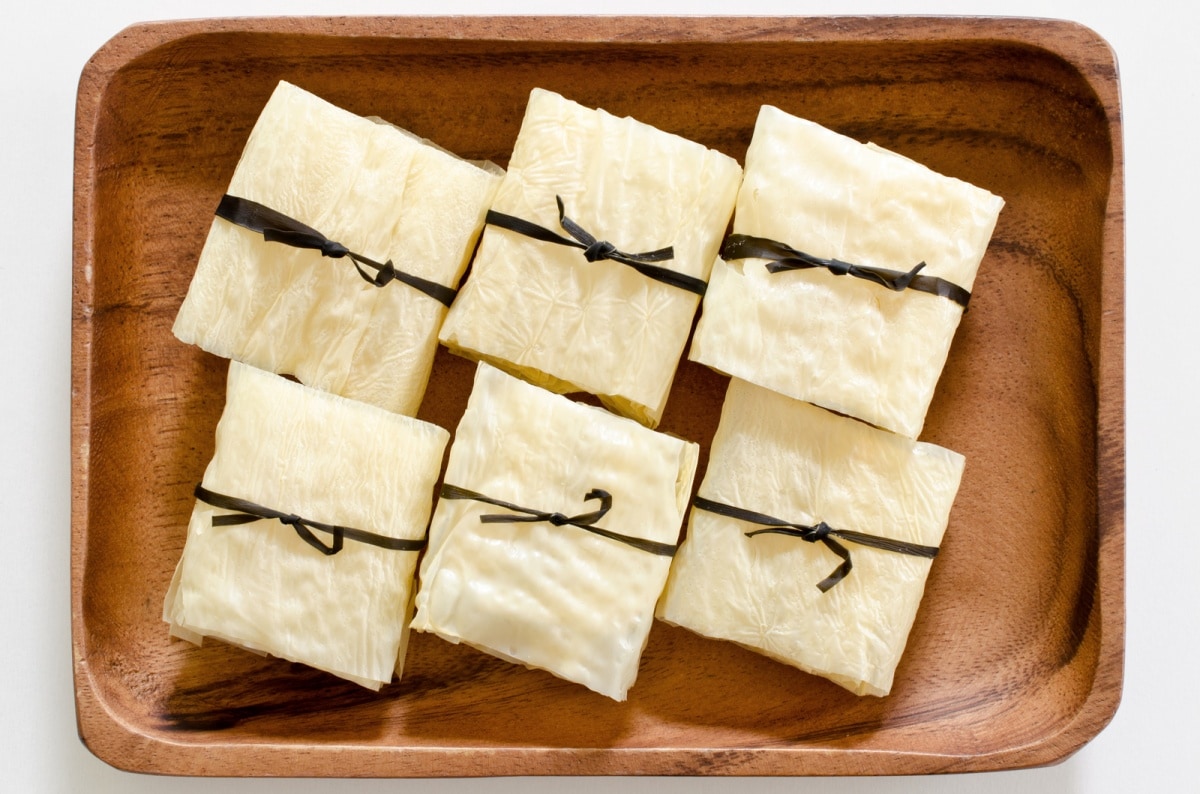
Japanese cuisine is well-known for not wasting ingredients, and yuba is a prime example. When soy milk is heated, a skin-like layer forms on the surface. This layer, yuba, is removed and then served either fresh or dried. Nikko is a popular destination for those wanting to try yuba as the city has several varieties of the delicacy. If you're living outside Japan, you can buy it dried and packaged, great for dishes like ramen, or make it yourself. You can also check out this video which shows how it's delicately removed from the top of the warm milk at a restaurant in Nikko.
'Okara'
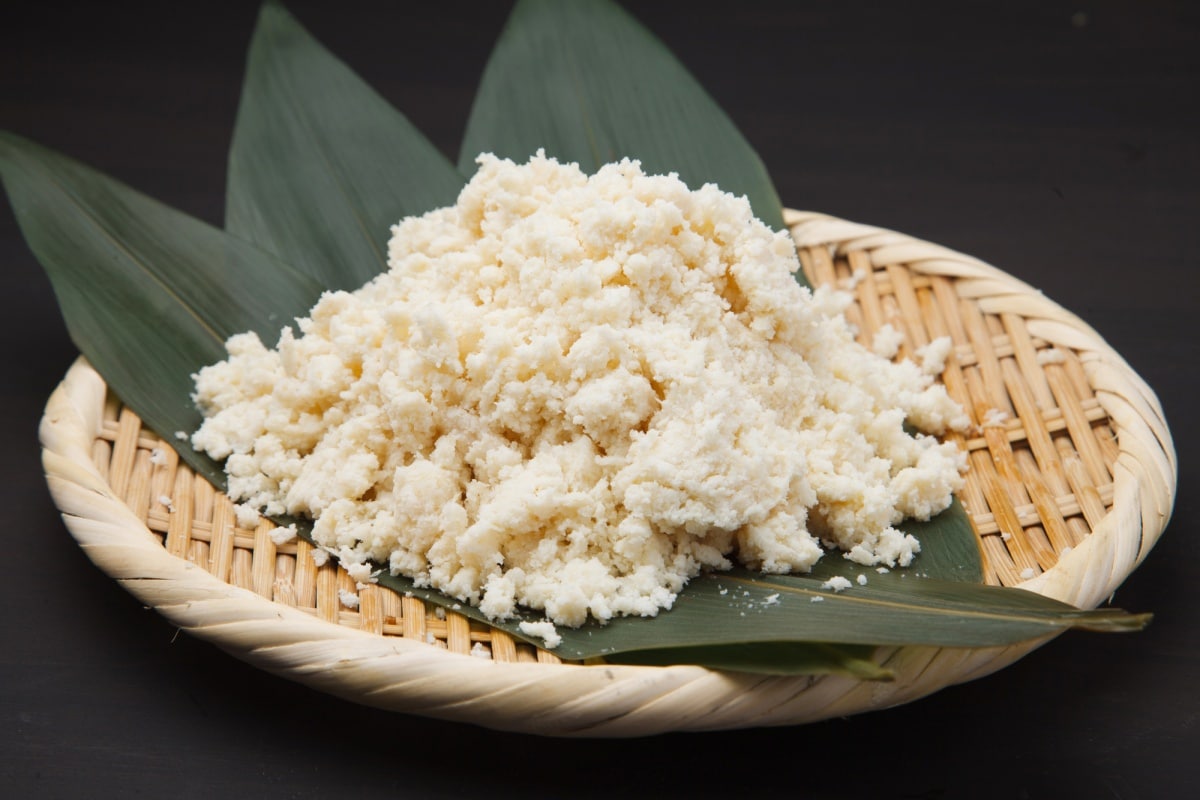
Okara, the solid remains from processing soy milk, is not wasted at all. In fact, there are a number of dishes made in Japan from the okara. Alone, it is rather tasteless; but, like tofu, can take on many different flavors depending on what's added. Also, it can be used to make soy patties for vegetarian friendly burgers or meatless balls for pasta.
Soybean Flour
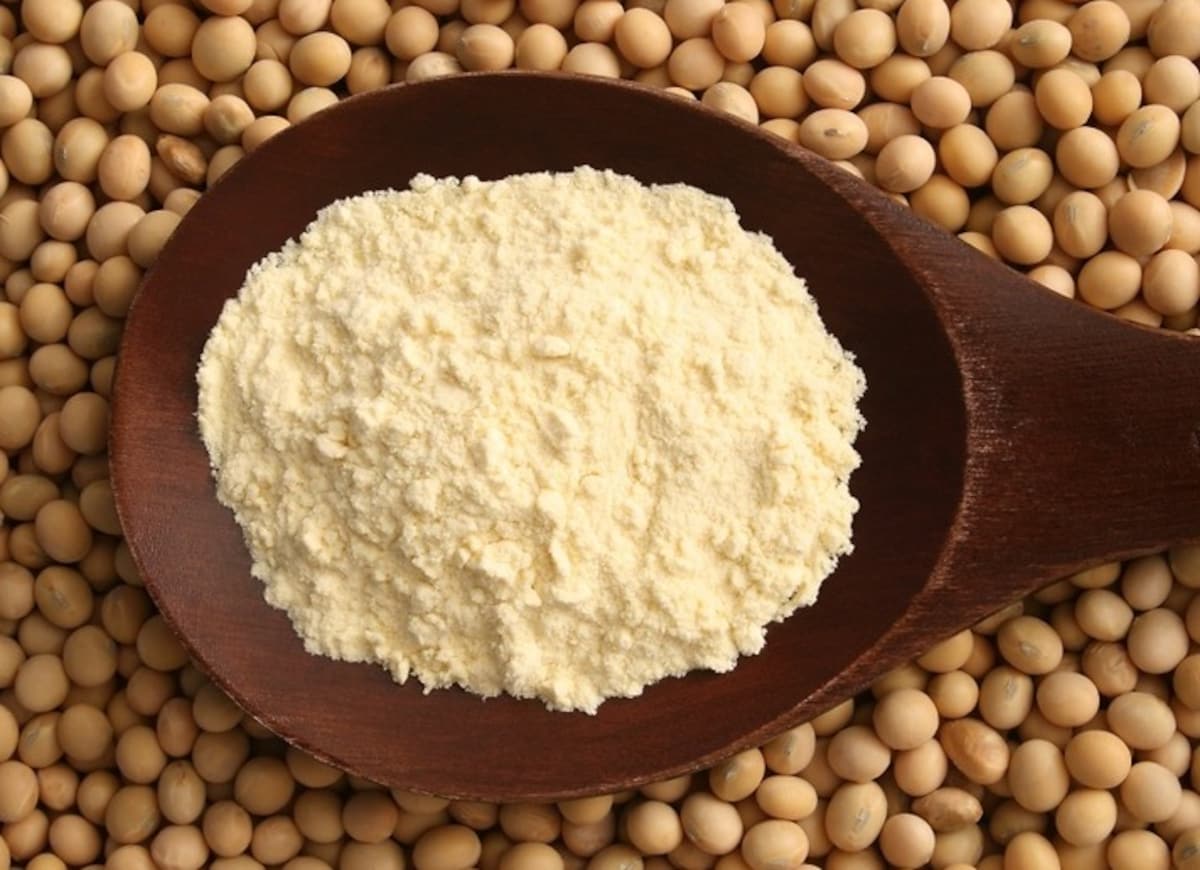
Soybean flour is derived from roasted soybeans and contains vitamin B as well as protein. However, the protein of soy flour is not as easily digestible as boiled soybeans. Kinako, one type of soy flour, is used in various Japanese dishes, but is most commonly seen as a topping for Japanese sweets.



